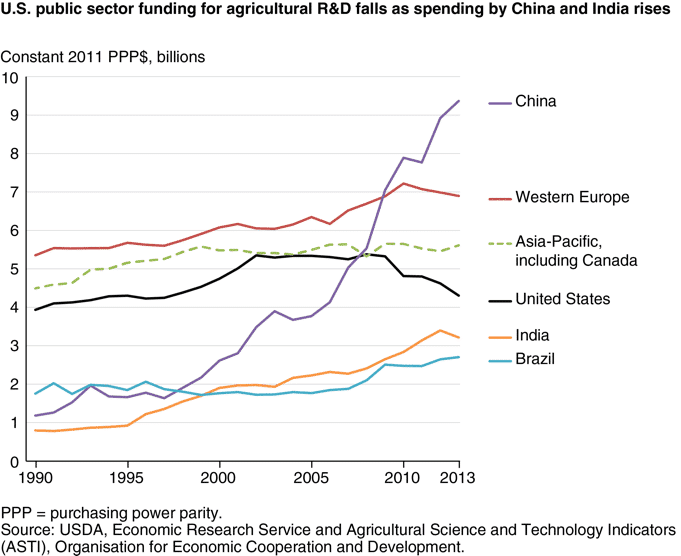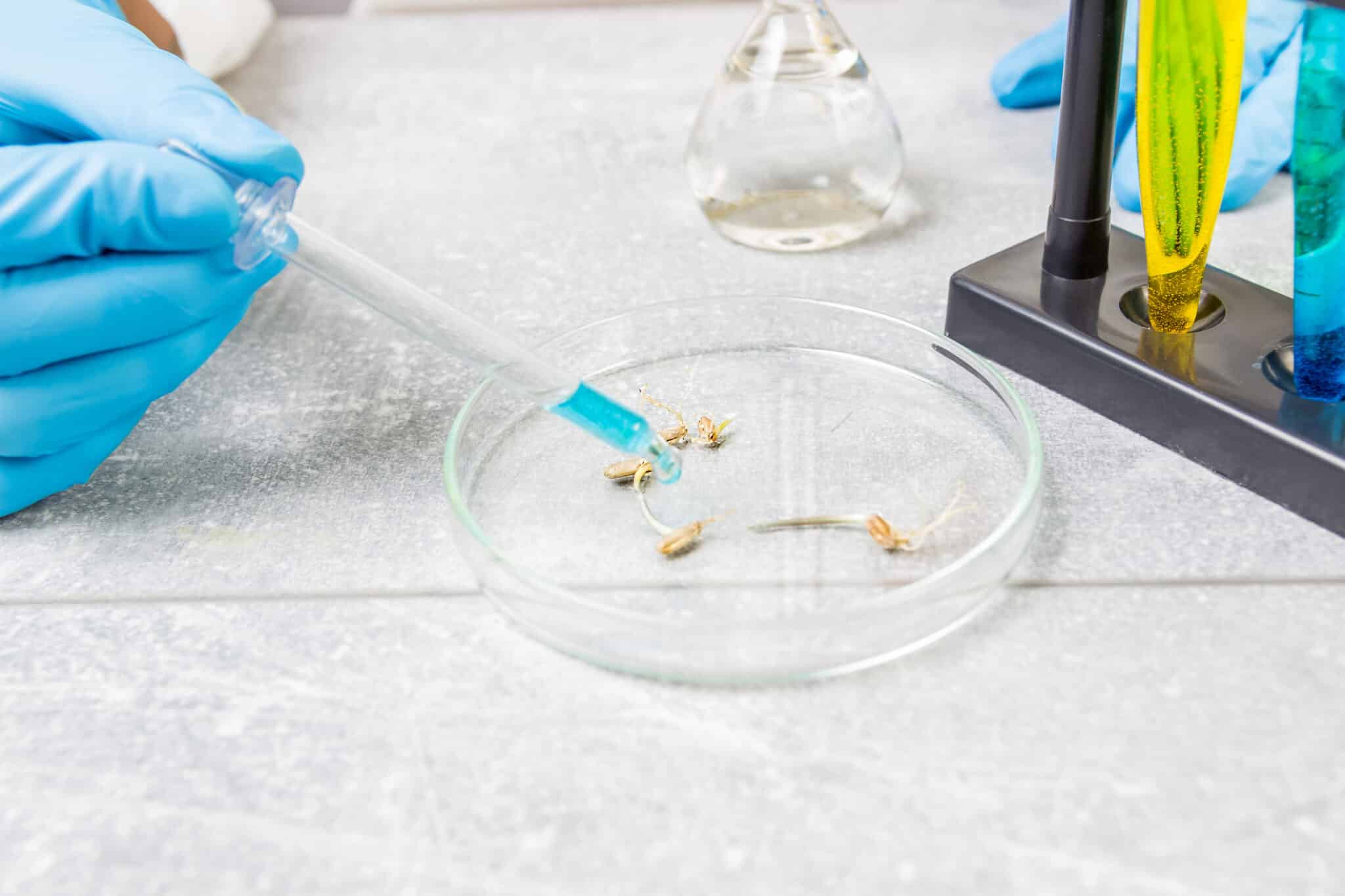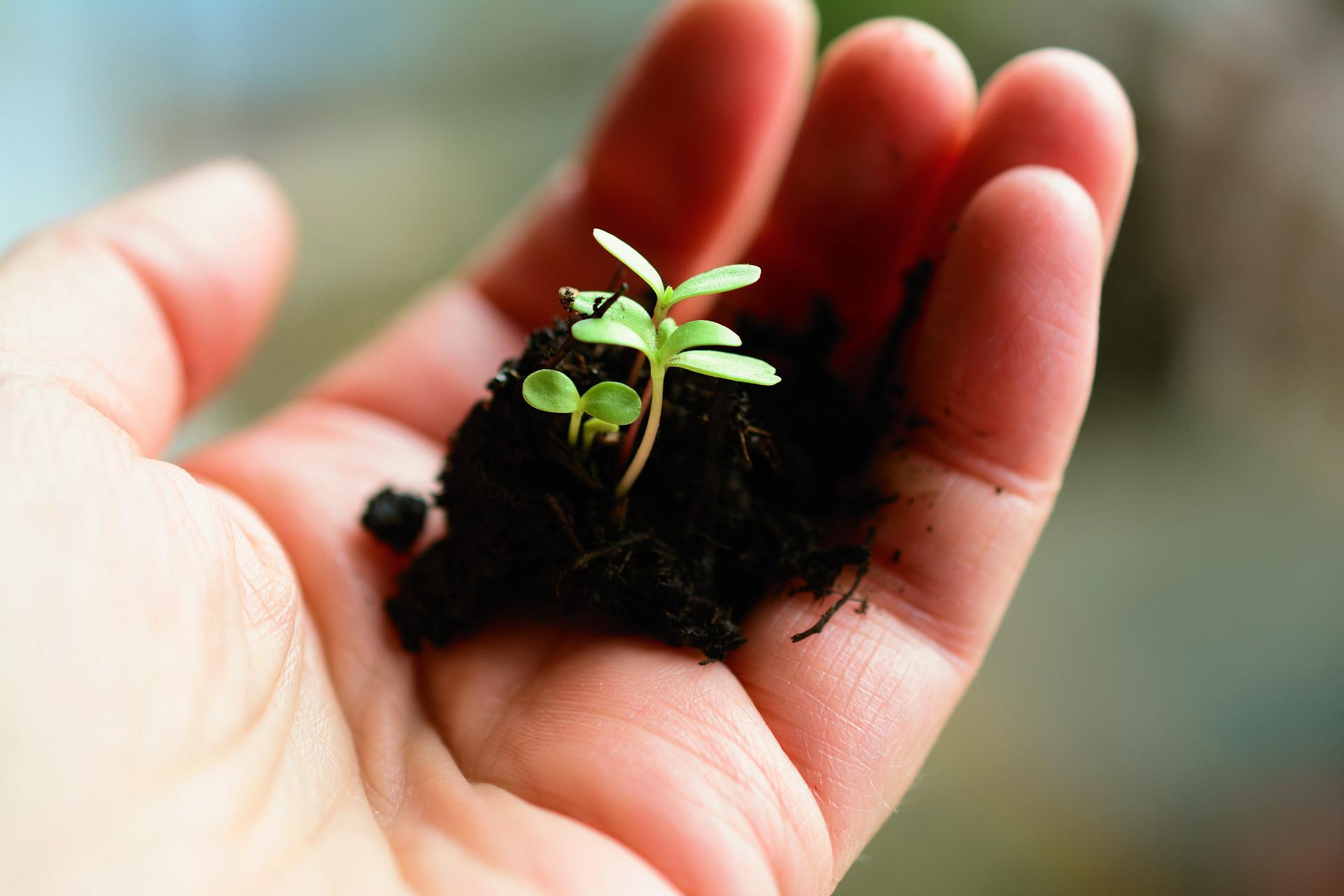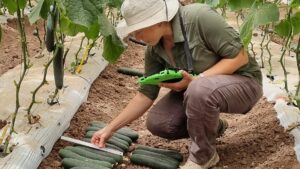In the United States, public and private funding sources for agriculture and plant breeding have evolved over the last 50 years. Today there are nearly 300 public breeding programs that are funded by the United States Department of Agriculture and public universities. For most of U.S. history, funding for agriculture and plant breeding research came from public sources. However, by the late 1970s, private funding for agriculture research has outspent public sources as public funding declined, and private funding increased.
Economic Research Service data show that from 1970 through 2005, agriculture research and development was about 45% public and 55% privately funded. The dynamic started to shift in 2003 and the inflection point is in 2010 when private food and agriculture research and development starts to take off. As a result, in 2014, private funding accounted for 75% of agricultural research in the United States.
Between 2008 and 2013, public funding from both federal and state governments for agriculture research and development decreased from $6 billion to $4.5 billion. During that same period, private funding increased by $6 billion to a total of $12 billion in annual funding.
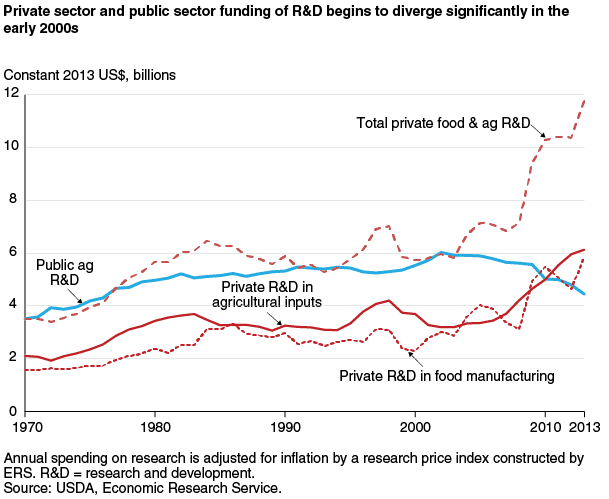
Evans’ Plant Breeder Survey Results
Decline in public spending is not going unnoticed among public breeders. Recently, Kate Evans, a Washington State University horticulture professor, found that public plant breeding programs were experiencing decreases in funding and personnel as a result of budget cuts. Her study was published in the journal Crop Science.
Evans’ research surveyed 278 programs around the United States. She reported that in the last five years alone there was a 21.4% declined in full time employee (FTE) time for program leaders and a 17.7% decline for FTE time for technical staff. With less funding going to public breeding programs there are fewer staff hours spent on these programs. Evans is concerned fewer plant breeders will have serious repercussions for global food security in the future. Without plant breeders’ ongoing research, advances in disease tolerance, higher yields, better flavors, and drought resistance will not be realized.
Total funding might not be down because there is growth in private funds available for agriculture research and development. Many researchers are applying for private grants to fund their research. These grants are generally short-term contracts, only a couple of years, which is a problem for plant breeders because their research is a long-term investment. Many grants are designed for faster results or at least intermediary results, which are hard for plant breeders to produce.
Another concern that Evans’ research raises is the age of most researchers. She reports that over one-third of public plant breeders are over the age of 60 and 62% are over the age of 50. This poses two problems. First, older researchers might be less interested in starting new projects because they will take too many years to finish. Second, when these researchers start retiring, there are not enough younger researchers to fill their roles and continue pushing research and forward.
Reasons for Funding Changes
The United States Department of Agriculture release a report called Three Decades of Consolidation in U.S. Agriculture. This report highlights that agriculture has become more consolidated and specialized over the past 50 years. Many farmers specialize in two or three crops. Historically, farms grew an average of four to six crops. With farmers growing fewer crops, money invested into improving those crops could yield a better return for plant breeders.
The declines in public funding limit funds available to research and development goals that do not fit into a specialized agricultural model. Evans’ research indicates that fewer or smaller breeding programs result in less locally focused research. “In Washington, for example, our cereal breeding programs are very focused on local production,” Evans said. “They breed wheat that grows very well for eastern Washington. A company is less likely to invest years of research for that specific wheat variety.”
Global Investment
The trend of reduced public investment in agriculture research and development is not shared with other countries around the world. In fact, from a global perspective, between 1990 and 2013, the United States was the only country to reduce public agricultural research and development. However, the US remains strong in its position as a major research player and continues to lead in scientific publications, citations and patents. It is possible that the advancements in private sector R&D will serve as a complement to public sector funding if they can work in tandem to bring beneficial practices and products to farmers.
